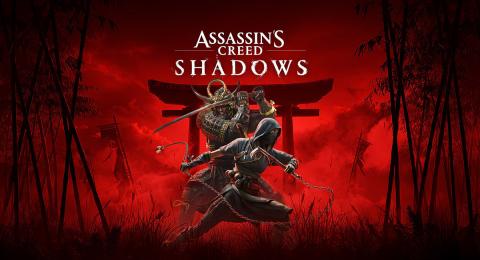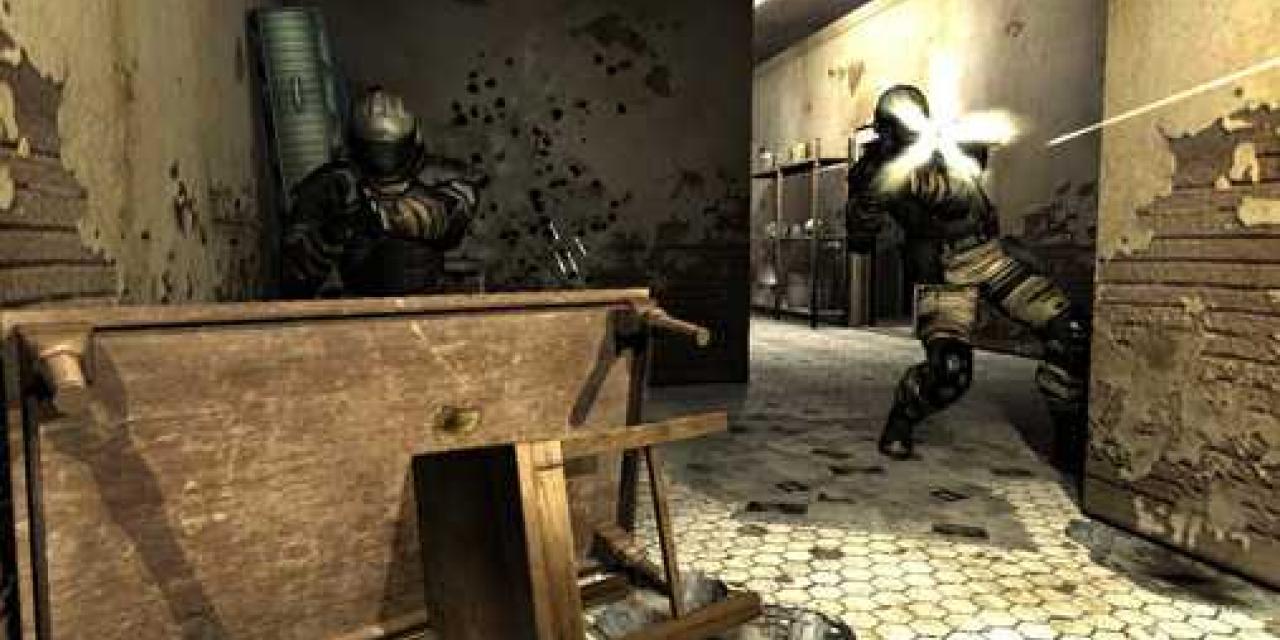
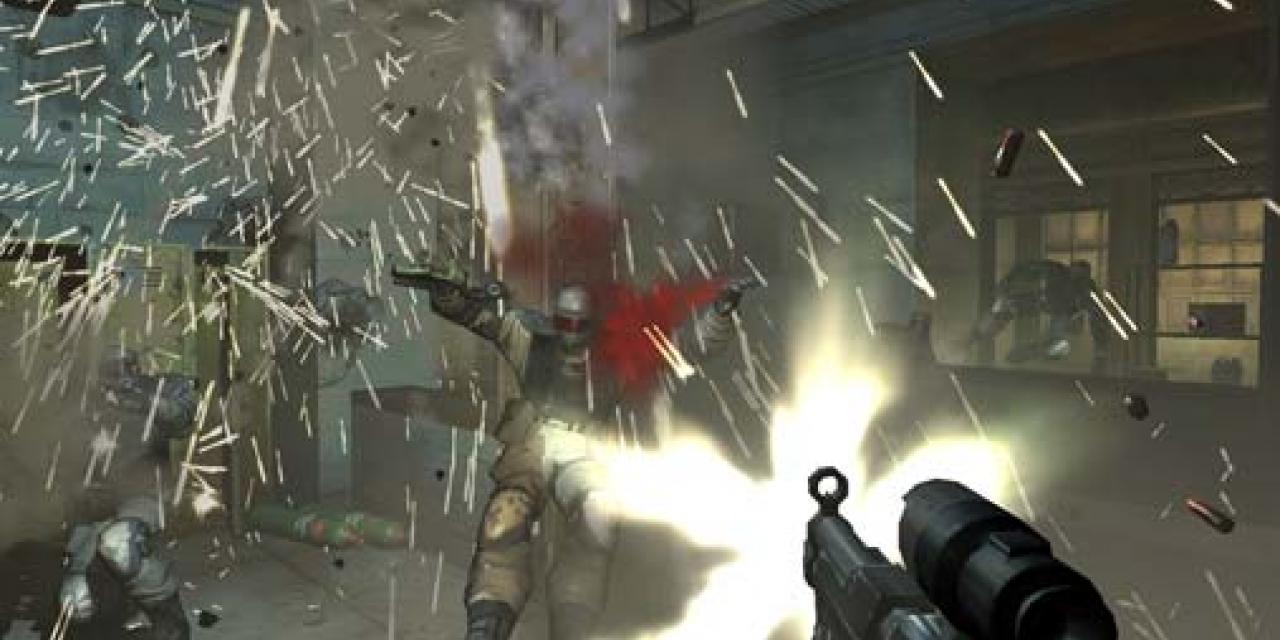
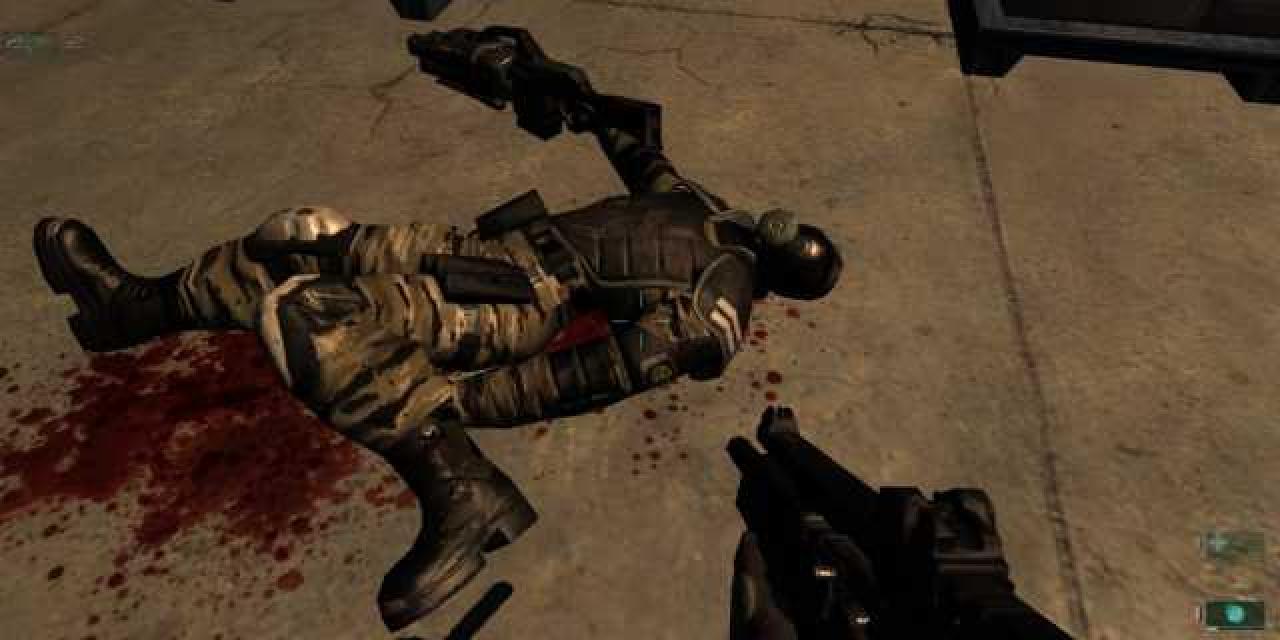
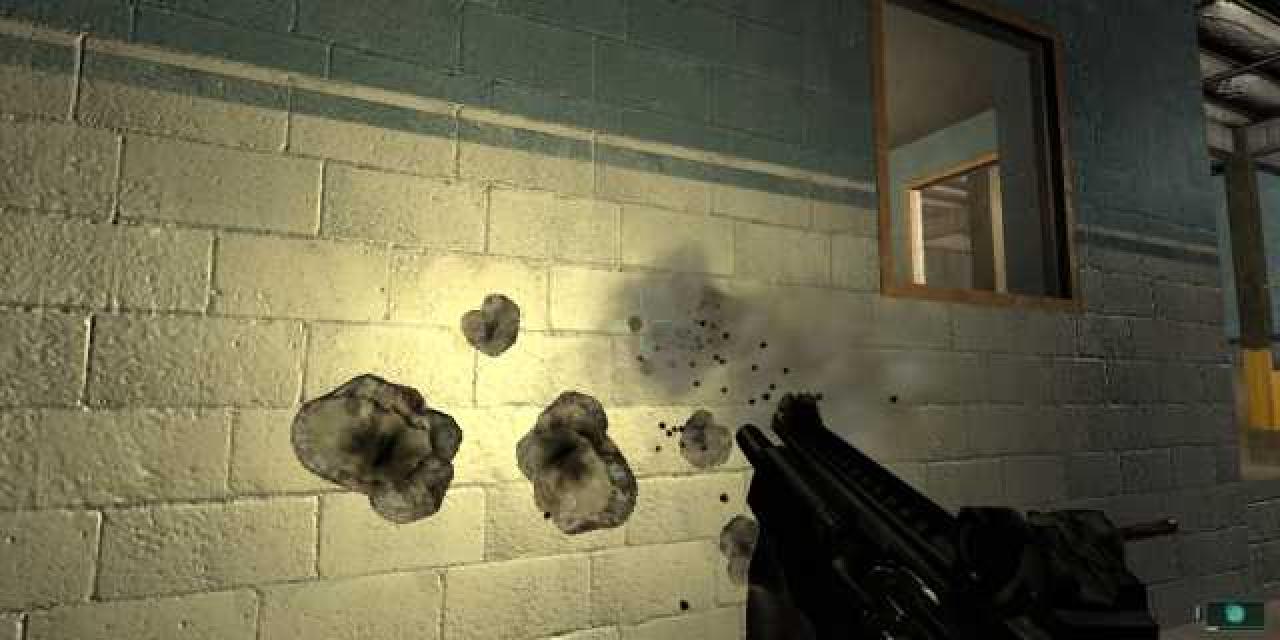


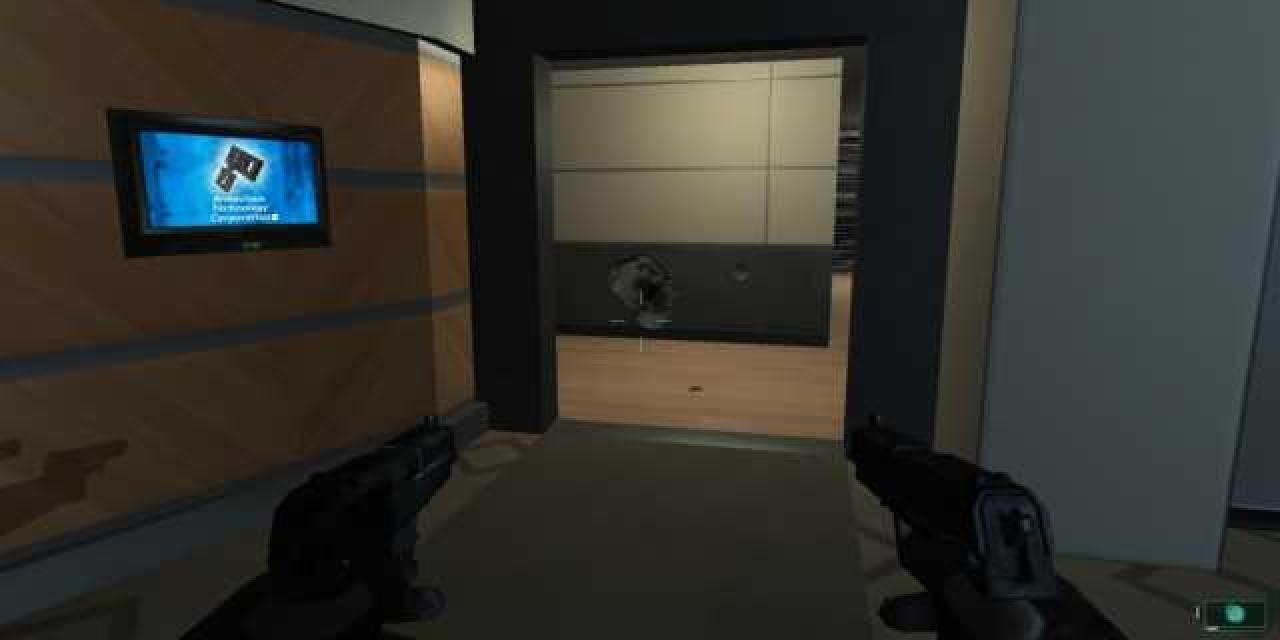
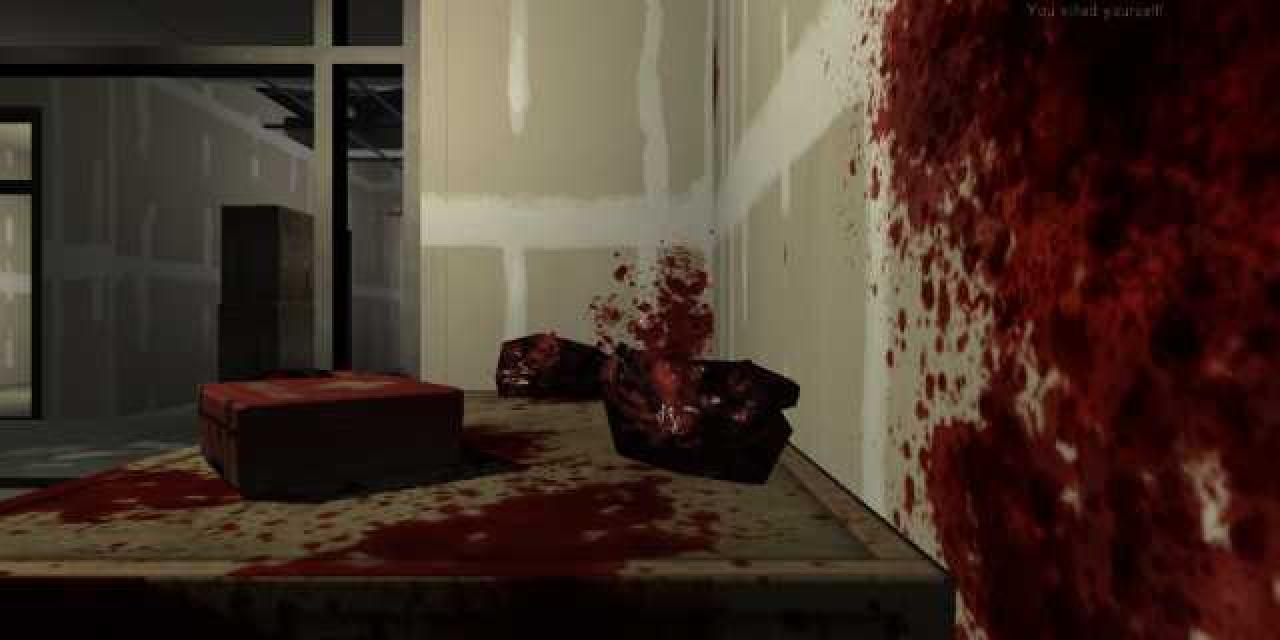
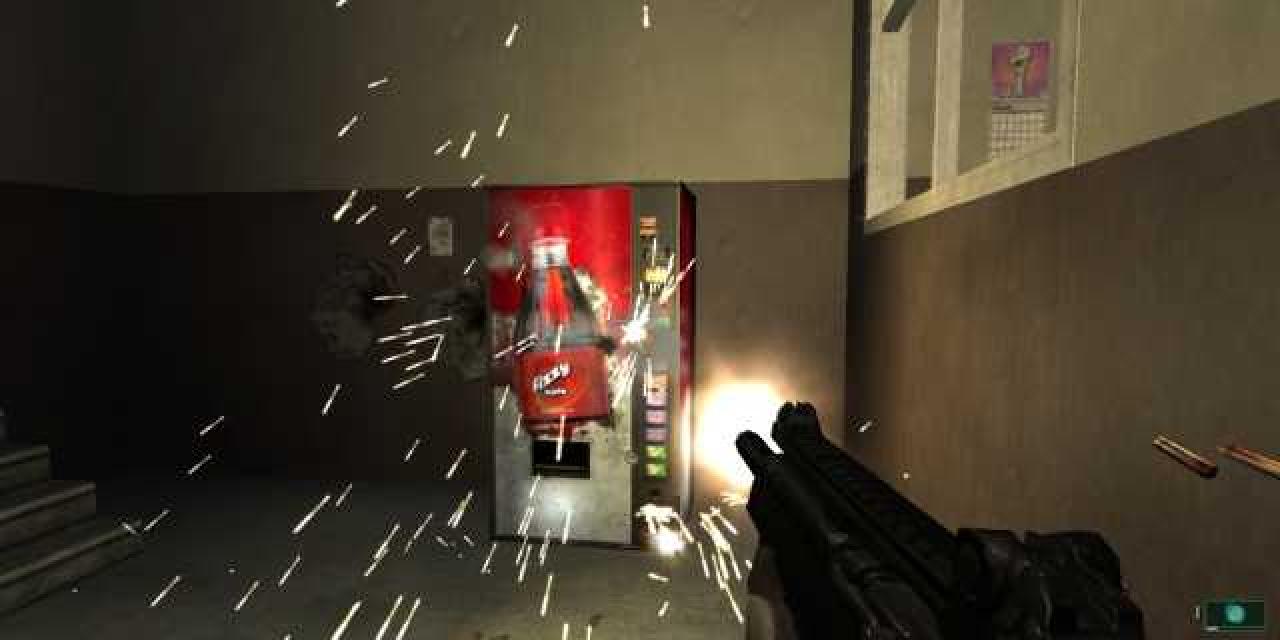
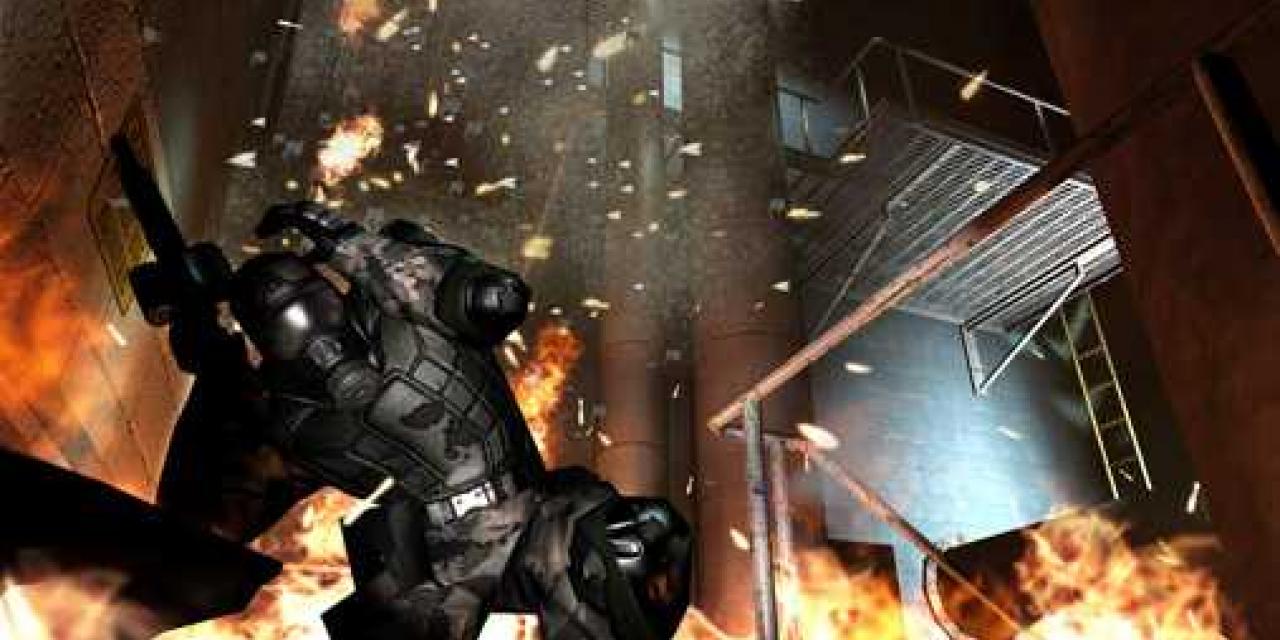
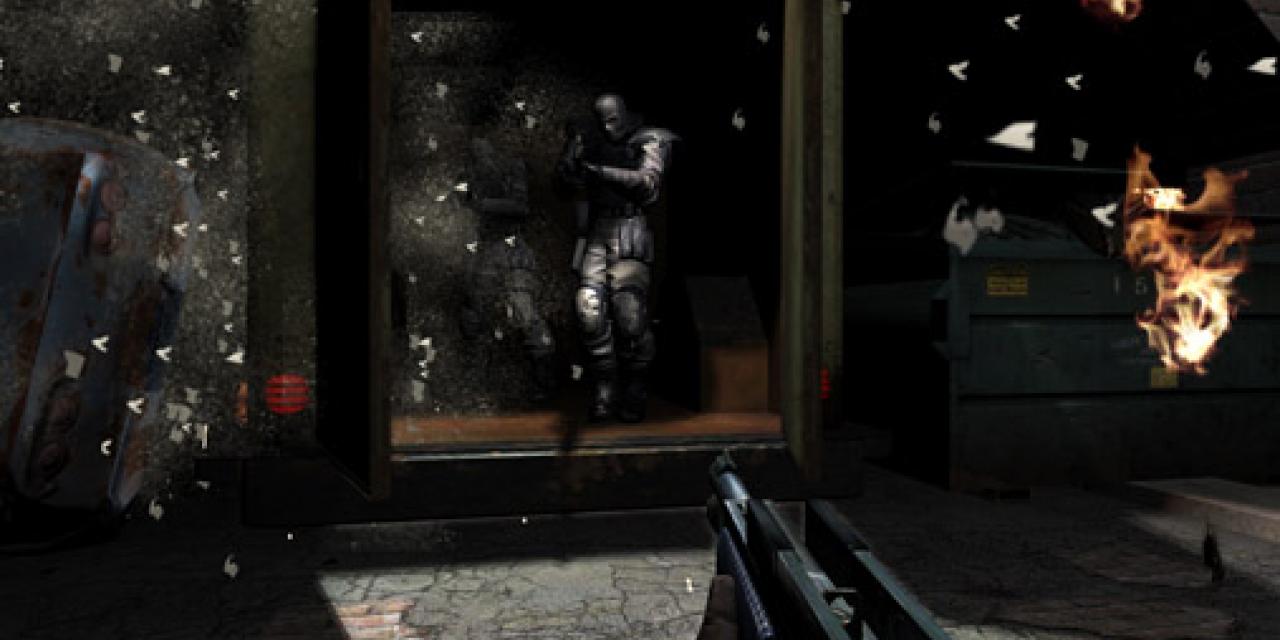
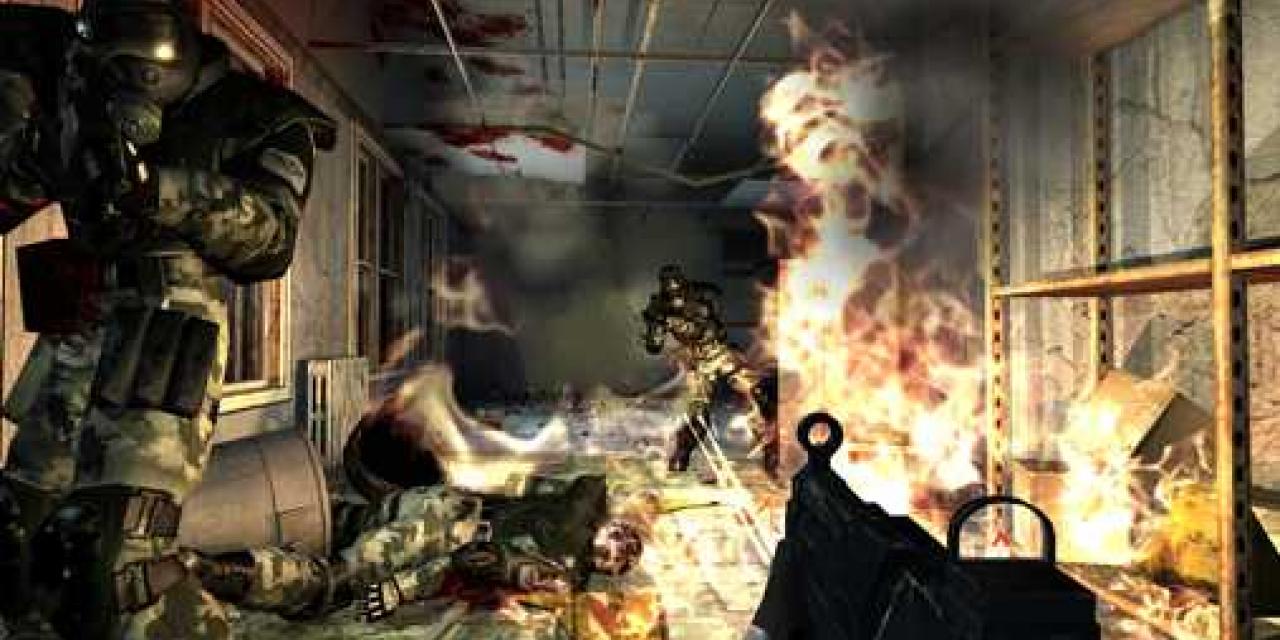
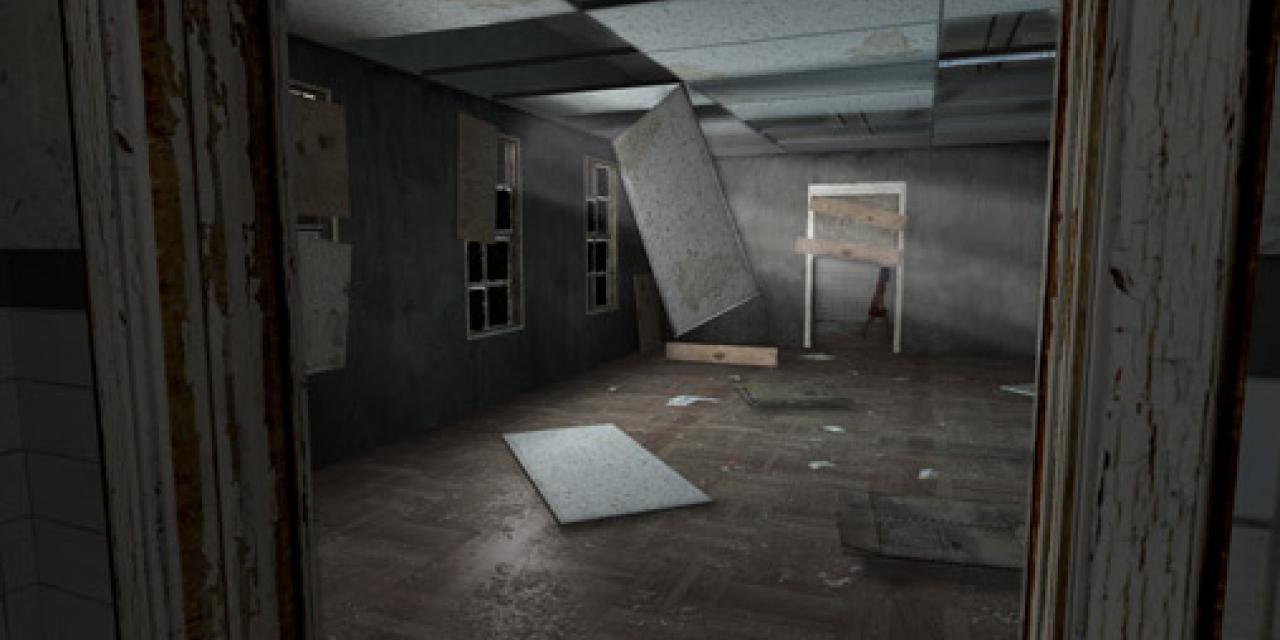
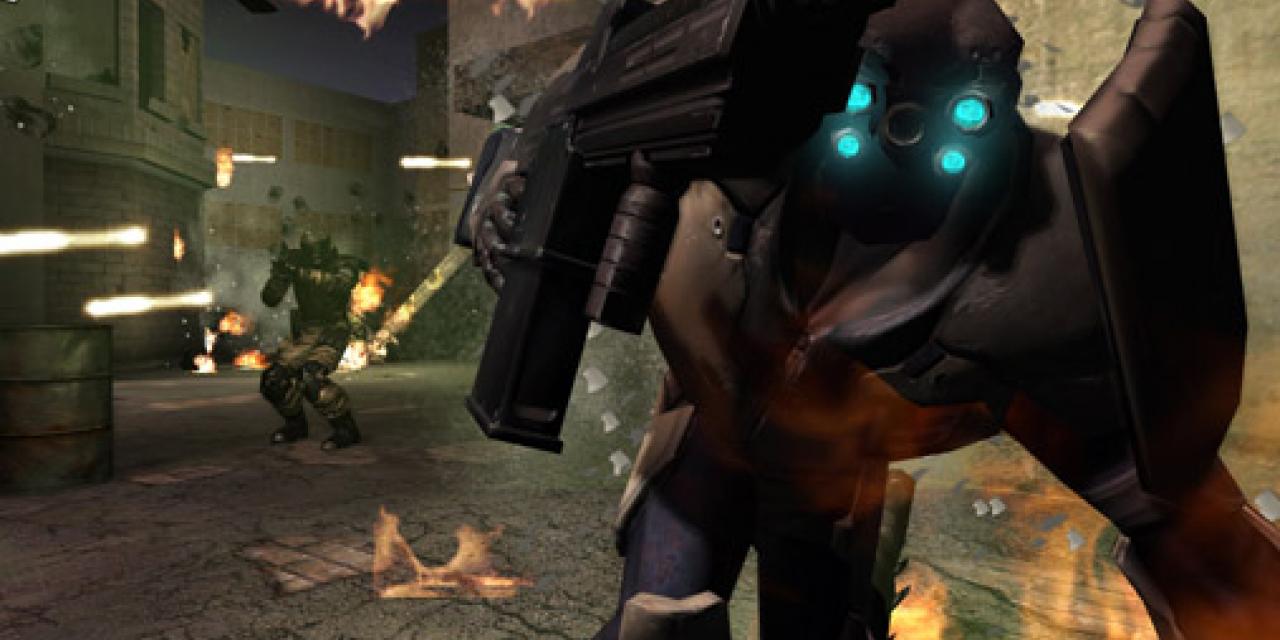

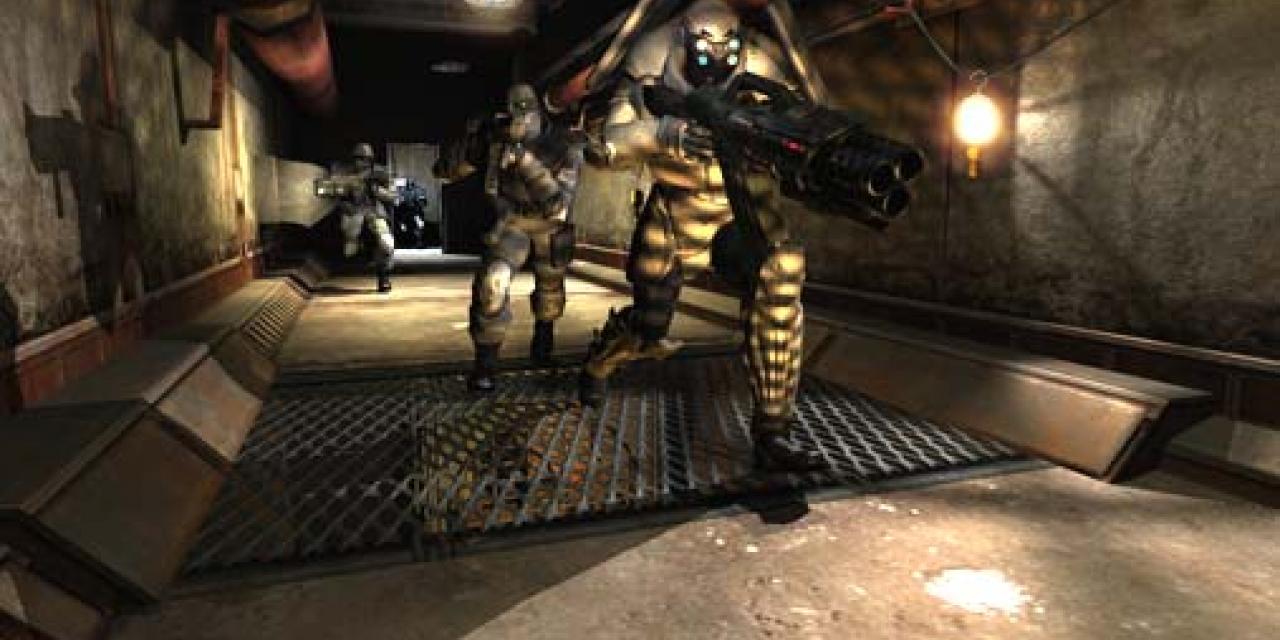

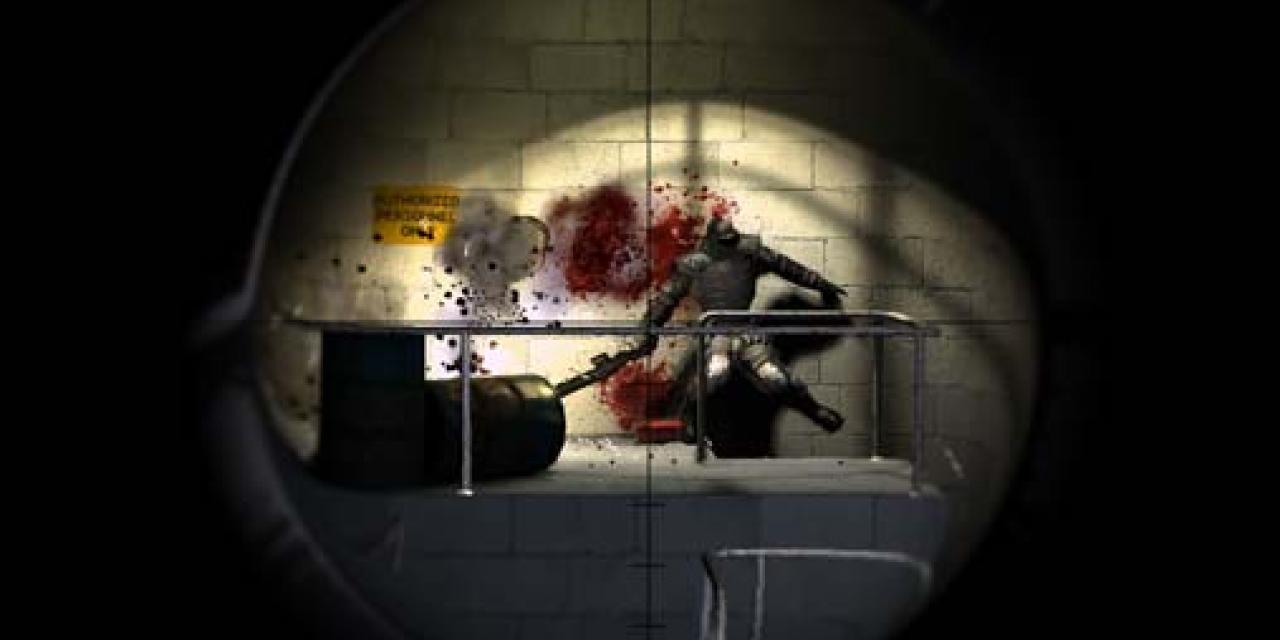
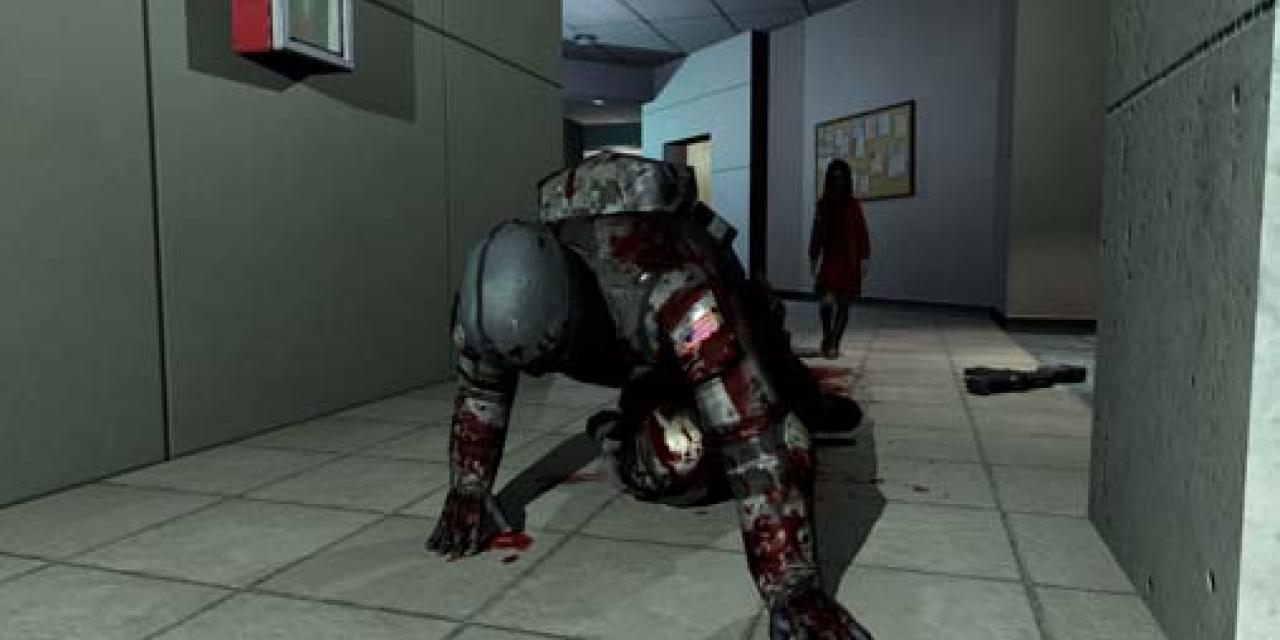
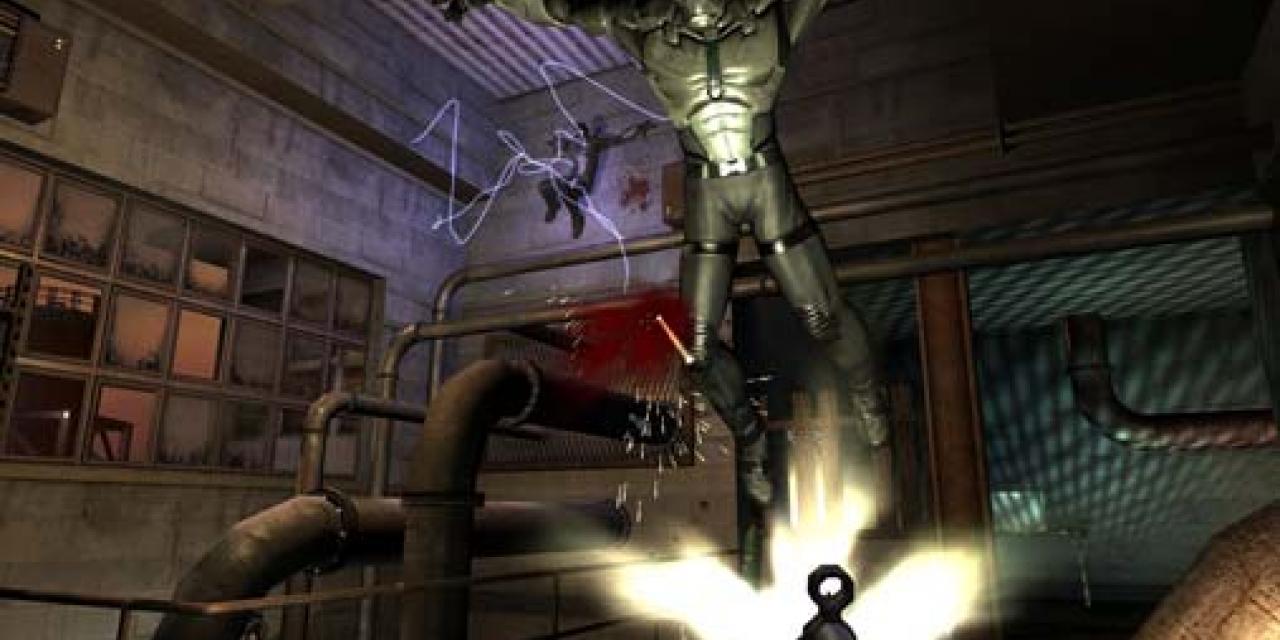
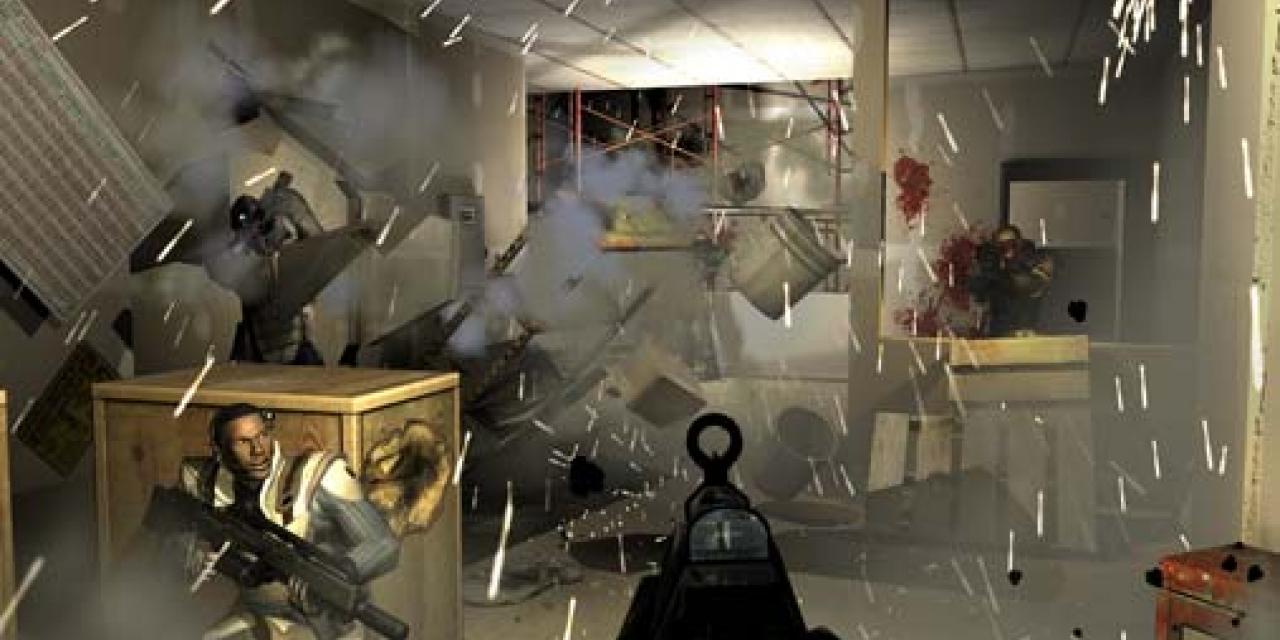

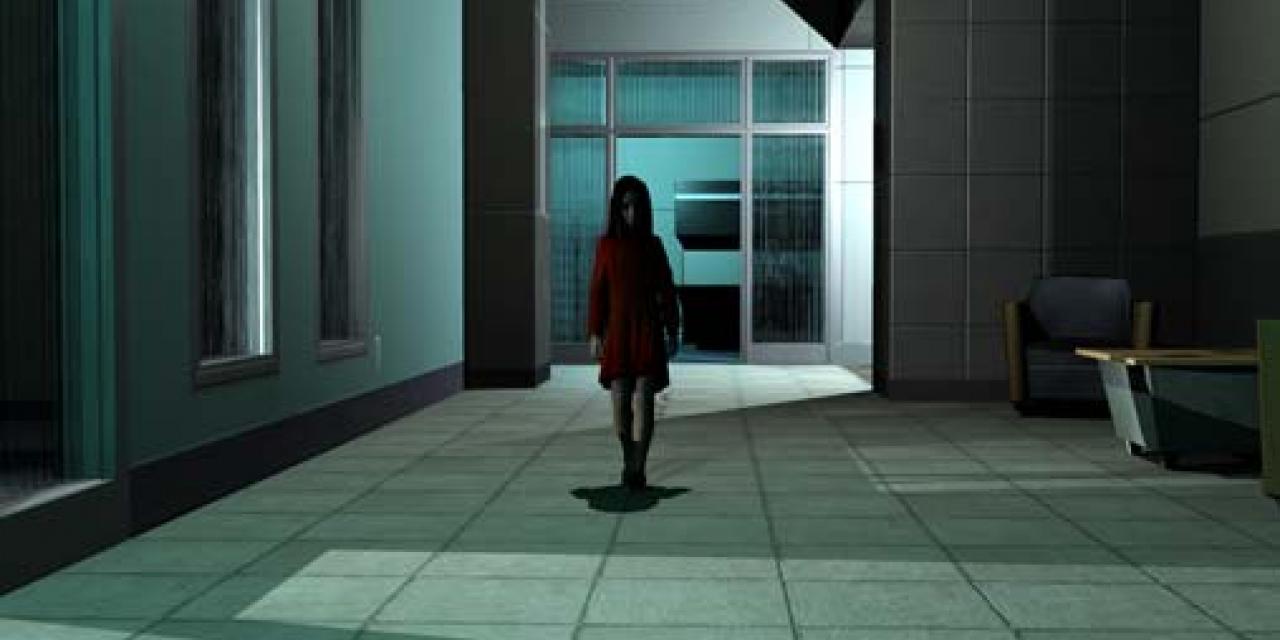
Fans of First Person Shooters were wondering how on earth any game developer could follow last summer which saw the release of Doom 3 and Half-Life 2. If E3 and the praise received by First Encounter Assault Recon (F.E.A.R.) were not enough to convince you that there is a future for FPS, the demo seems to have clinched the deal for most fans of the genre.
By now most have tried the fun if limited demo of the supernatural thriller, courtesy of Monolith and have been exposed to the obvious movie influences of the game. The girl seems to have come straight out of a TV screen while the action sequences have something of the Matrix does Starship Troopers feel.
So we now know that Monolith have been visiting their nearest Blockbusters but is that enough to guarantee a decent game?
F.E.A.R. is fast becoming a big bet for the gaming industry; will a big budget, a great storyline and some creative minds be enough to create a successful title? Read on to find out more about the game which promises to bring FPS game production standards up to Hollywood level and promises to do so in style.
If you ahven't already experienced the F.E.A.R. demo go ahead and try it from the MegaGames Demo Vault.
We have nothing to F.E.A.R….
Any big budget gaming effort is bound to face the ultimate critique; once all the extras and trimmings are removed is the gaming experience a cohesive and enjoyable one? Does it make sense?
The game revolves around the shady actions of a government intent on creating an army of clone super-soldiers. As part of the shady actions a special unit First Encounter Assault Recon (F.E.A.R.) is formed and specially trained in dealing with the paranormal.
You, the player, join one of those teams although there are some hints that your part in the game may go beyond that of the unnamed marine of Doom 3. We quickly find out that you are special, your reflexes are, in fact, so good that you have a special bar at the bottom of the screen which allows you to move much faster than everyone else. If you have played the demo you will realize that this is a very useful if not essential ability.
The story also involves the army's efforts to create the clone super-warriors as one of their psychic commanders, Paxton Fettel, is the man you are after. Things however, are not as straight-forward as that and somewhere along the way a little, very scary, girl becomes involved quoting Metallica and turning up at the most uncomfortable.
Mr. Fettel enjoying a snack
The big budget appeal of F.E.A.R. is at its most effective during the various special effects built into the gameplay.
The slow motion effects are very well thought out and include bullet-sound wave distortion and a variety of other visually stunning effects. But the slow motion effect is not only there for eye candy purposes but serves as a valuable gameplay resource which has to be rationed and used at the right times.
The in-game weapons have also been crafted carefully and the player needs to always consider which weapons are appropriate for each part of the game as only three can be carried at any one time. The pulse weapon is an example of a very well designed weapon which packs a powerful punch and is visually stunning to watch when at work. Enemies struck by the weapons leave behind a smoky skeleton which falls under a bluish cloud of smoke. Grenades are also important tools available to the player with the regular frags useful during firefights and proximity grenades most important when preparing for battle.
…but F.E.A.R. itself.
Make no mistake, F.E.A.R. is an action title, there are more, weapons, intelligent super-enemies, helicopters and explosions than you can shake a stick at but the real ace in its sleeve is atmosphere. The team behind F.E.A.R. has managed to create a spooky, involving environment which utilizes some old movie-making tricks combines them with game development slight of hand in order to engage the gamer and immerse him in a frightening world. Whenever the player experiences a supernatural encounter, your characters breath becomes more pronounced and a faint heartbeat can be heard, this simple trick alarms the player that something is about to happen raising awareness. Another recurring effect in the game is the corner-of-the-eye encounters with the little girl. Using moments in-game when the player cannot react, i.e. when hopping onto a ladder in the demo, the player gets a glimpse of the little girl but has no time to react. Throughout the game you get to see the little girl in all kinds of situations including (but not limited too) malfunctioning lifts, exploding rooms and blood-soaked walls.
Much of the creepy atmosphere does not make it into the multiplayer modes of F.E.A.R and that is easy to understand as a little girl popping up in the middle of MP carnage would just not make sense. If you are interested in finding out which of the features of F.E.A.R. make it to the multiplayer modes read on…
Monolith's crowning achievement in F.E.A.R. has to be the extreme effort that has gone into creating a well balanced multiplayer experience.
If one feature stands out and serves as an example at how carefully the developers have considered all MP gameplay aspects, has to be the inclusion of the slow motion effect in the various multiplayer modes.
Where Did They Go?
The way it works is a marvel of gameplay balancing and promises exciting MP battles of epic proportions. In F.E.A.R. multiplayer any player that picks up a slow motion power up will immediately glow (so that other players know who has the slow motion ability) and will see a bar beginning to fill up. Once that bar is full, the player can use the ctrl key to slow down time but this will also slow time for all players. The trick lies in the fact that the glowing player will be slightly faster than the others and will also be able to fire at a faster rate. This gives the player the advantage but does not promote him to indestructible status.
The effort to create balanced MP modes is also obvious in the way that maps have been designed. Maps are complex and large enough, offering players a wide variety of hiding places. There are maps of offices, factories and a vast selection of corridors all fully destructible and ready for the most intense of gunfights. Eliminating other players offers players extra weapons, ammo, and health kits.
The entire concept and well rehearsed gameplay feel of F.E.A.R. however, would have been wasted had it not been for Monolith's decision to create an all-new engine for the game. A move that has given F.E.A.R. a distinct, high-quality, clearly cinematic visual style oh and let's not forget the physics.
Fear is a Weapon
For all its hyped über secret storyline, its scary little girls and blood spattered walls, F.E.A.R would not have been the highly anticipated game it is today had it not been for what's under its hood.
The holy triumvirate responsible for the F.E.A.R effect is claimed to be its engine, physics and AI.
Engine
Monolith has long relied on its Lithtech engine for the creation of its games. When faced with the challenge of creating what is, essentially, a next-generation title however, the team behind F.E.A.R. wisely decided to look elsewhere. This led to Touchdown Entertainment using a modified version of its Jupiter engine.
Demolition Day
In F.E.A.R. the Havok physics (version 2.4 don't you know), graphics, AI, networking etc. are interwoven into one entity which, from a visual standpoint, features a completely new rendering system that supports dynamic per pixel lighting, materials and DX 9 HLSL shaders. The end-product is a Jupiter spin-off also known as the F.E.A.R. engine. It is expected that the F.E.A.R. engine will be licensed by Monolith and Touchdown as a separate entity and is already in use in Condemned: Criminal Origins for Xbox 360.
AI
In gameplay terms the AI in F.E.A.R. spices things up giving your opponents goal-directed behavior. They will try to stay alive and kill you. To that end your enemies can be seen jumping through windows, hiding behind various structures, flanking, throwing grenades, giving commands to others and even throwing various pieces of furniture down in order to use them as cover. These moves may seem repetitive at times but still add another challenging element to any firefight since you do feel like you are pitting your wits against another intelligent organism and not some static collection of pixels.
Gotcha
Physics
The use of the Havok engine in F.E.A.R. is far from discrete. All objects in the environment have a tendency to escape earth's gravitational pull, while during firefights things become extremely unstable making the player feel like he is involved in a firefight in the center of a twister. Walls and panels are fully destructible in the game and material penetration has been investigated well by the developers accounting for a vast array of debris being created during a firefight sequence. This adds an entire physics dynamic to the gameplay adding to the tension by reducing visibility or, at times, even confusing the player.
F.E.A.R. does not promise to change the way first person shooters will look, feel or play. It does however confirm that creating a video game of Hollywood production values is not only possible but can also lead to a very enjoyable game.
F.E.A.R. once again confirms that creating a good game is not rocket science but a recipe which can be enhanced by technology but cannot rely on that alone.
The creepy environments and atmosphere in the game also confirm that sometimes games can go one step further than Hollywood since there is no record of a well made action horror movie while F.E.A.R. is just that. The game, much like Doom 3 did, takes full advantage of gaming's secret weapon, the immersion factor. When some one plays a video game they are much more involved than when they watch a movie; it is, after all, you who is controlling the character and Monolith seems to have tapped into that aspect very well indeed.
The multiplayer aspect of the game is another shining example of how technology and visual effects can be used side by side with age-old tricks of the gaming industry in order to produce a thoroughly enjoyable gaming experience. Anything from the sucking in of the air before a grenade explodes to the flying wall-panels all around you during a particularly intense firefight, are effects and nothing more but they are utilized in such a context-specific way that their overall effect is stunning.
F.E.A.R. has weaknesses, the voice acting for example, at least that in the demo, is really of Uwe Boll standard and really lets the game down as well as the scripts during the cut scenes but then again F.E.A.R. is not embarrassed of its role models. It is a blend of Jet Li's The One and the Wachowski Bros Matrix but also borrows heavily from anything from Blade Runner to Japanese horror, it is mindless entertainment at its best and a clear sign that gaming has finally achieved the Hollywood dream of creating entertaining fluff.


